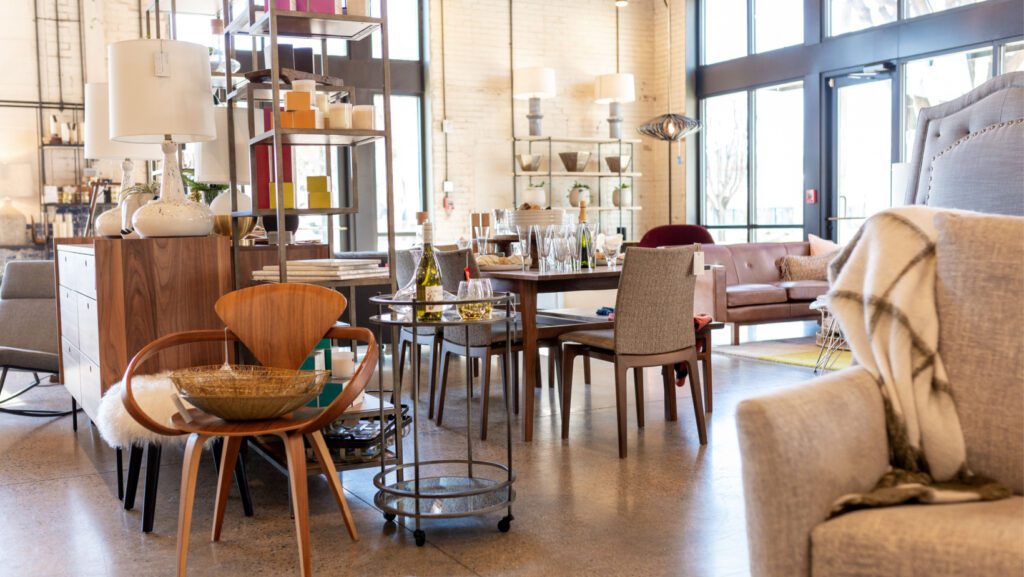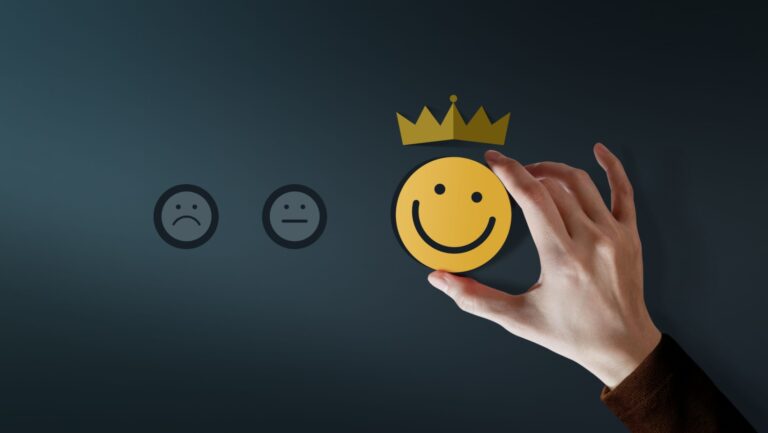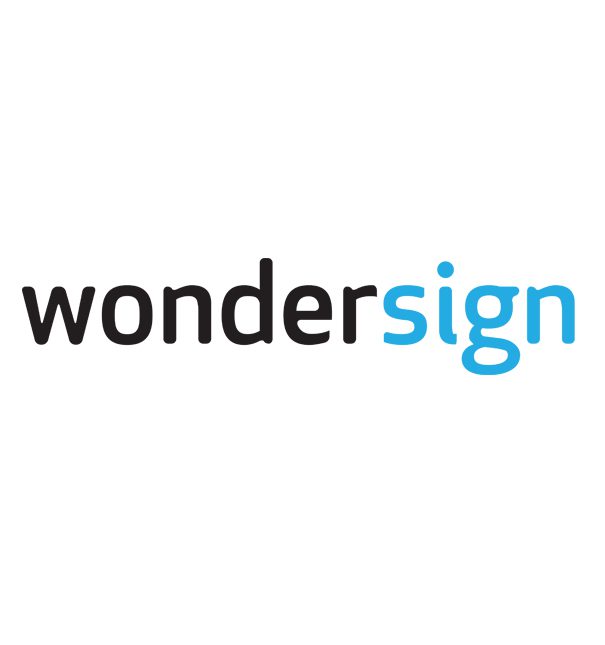In the retail world, a store’s success is often determined by the collaboration between its design and sales teams. While a store’s layout serves as the foundation for an immersive shopping experience, the effectiveness of its best designers and salespersons can significantly impact productivity. With that being said, this raises an important question: Is your store layout as productive as your best designers or salespeople? In this blog, we will explore the crucial factors that influence store productivity and discuss strategies for optimizing furniture store layouts to match the performance of top designers and salespersons.
Understanding Store Layout and Productivity:
A store’s layout encompasses various elements such as floor plans, fixtures, merchandise placement, signage, and traffic flow. It is crucial to recognize that the layout is pivotal in shaping customers’ perceptions of the store, impacting their browsing and purchasing behavior. Numerous studies have shown that a functional store layout can increase sales. According to research conducted by Paco Underhill, author of “Why We Buy: The Science of Shopping,” strategic product placement and smooth traffic flow can boost sales by up to 30%. On the other hand, the performance of the best designer and salesperson relies on their ability to utilize the layout as a selling tool, engage customers, showcase products effectively, and close sales.
Factors Influencing Store Productivity:
- Enhances Customer Experience and Engagement: A well-organized store layout makes it easy for customers to navigate the space, locate products they are looking for and enjoy a seamless shopping experience. By prioritizing customer convenience, you ensure shoppers feel comfortable, stay longer in the store, explore additional products, and are more likely to make purchases. This increased engagement can result in higher customer satisfaction and repeat business.
- Optimizes Traffic Flow: A poorly designed store layout can lead to congestion, confusion, and customer frustration. In contrast, a well-planned layout ensures smooth traffic flow, preventing bottlenecks and making it easier for customers to explore the store. A seamless flow encourages customers to browse more products, increasing the chances of conversion.
- Maximizes Product Visibility: Product placement is critical to driving sales. A thoughtfully designed store layout strategically positions high-demand items and promotes cross-selling and upselling opportunities. By highlighting the right products in prime locations, you can capture customers’ attention and increase their likelihood of making impulse purchases.
- Maximizing Space Utilization: Optimizing available space drives productivity and profitability. A well-designed store layout ensures that every square foot is utilized effectively. By carefully considering shelving, product placement, and aisle width, you can create an environment that maximizes the number of products displayed and allows easy customer movement.
- Staff Accessibility: A store layout that enables salespersons to access different areas efficiently promotes better customer service. When sales staff can quickly respond to customer inquiries, provide product recommendations, and assist with purchases, it enhances the overall customer experience and increases the likelihood of closing sales. The layout should include designated areas or stations where staff can easily interact with customers, ensuring that assistance is readily available.
- Enhanced Conversion Rates: A well-thought-out store layout can positively impact conversion rates. By strategically placing high-margin or popular items near the entrance or checkout areas, you can capitalize on customers’ inclination for impulse purchases. Additionally, creating attractive displays that showcase complementary products can increase the likelihood of upselling and cross-selling, ultimately boosting conversion rates.
- Functional and Practical Spaces: Store layouts should incorporate practical storage, restocking, and inventory management spaces. Properly organized storage areas and efficient restocking processes enable staff to replenish merchandise promptly, maintaining a visually appealing and fully stocked store. A clutter-free and well-maintained environment creates a positive impression on customers and ensures that the store operates smoothly.
- Accessibility and Inclusivity: A store layout that caters to the needs of diverse customers, including those with disabilities or mobility challenges, is essential for ensuring inclusivity and enhancing productivity. Considerations such as wheelchair accessibility, clear signage, and appropriate aisle widths contribute to a welcoming environment for all customers, promoting equal access to products and services.
By addressing these factors and optimizing your store layout, you can create an environment that maximizes productivity, engages customers, and supports the efforts of your best designers and salespersons. A well-designed store layout complements your team’s skills, amplifying their effectiveness and contributing to overall success.
Optimizing Store Layout to Match Top Performers:
- Data-Driven Analysis: Utilize data from various sources, including sales records, customer feedback, and analytics tools, to gain insights into customer behavior and preferences. Analyzing this data can help identify patterns and trends, allowing you to make informed decisions when optimizing your store layout. Identify the areas where your best designers and salespersons excel and align the layout accordingly to leverage their strengths.
- Collaborative Approach: Involve your best designers and salespersons in optimizing store layout. They possess valuable firsthand knowledge of customer interactions, product displays, and effective sales techniques. Please encourage them to share their insights and observations to help shape the layout. By collaborating with your top performers, you tap into their expertise and ensure that the layout aligns with their sales strategies and customer engagement techniques.
- Zoning and Product Segmentation: Organize your store into distinct zones or sections based on product categories, target demographics, or themes. This zoning strategy helps customers navigate the store easily, streamlining their shopping experience. Work closely with your designers and salespersons to determine the most effective placement of products within each zone. Consider complementary product placement, popular items, and seasonal displays to create a visually cohesive and engaging layout.
- Visual Merchandising Techniques: Implement effective visual merchandising strategies to enhance the impact of your store layout. Leverage the expertise of your top designers to create eye-catching displays, utilize attractive signage, and employ appropriate lighting techniques. Collaborate with your sales team to identify key products and promotions that should be prominently showcased. Visual merchandising techniques can captivate customers, drive interest, and influence purchasing decisions.
- Technology Integration: Embrace technology to optimize your store layout further and amplify the performance of your top performers. Consider implementing digital signage, interactive displays, or mobile apps that provide customers with additional product information, personalized recommendations, or virtual try-on experiences. Technology can enhance the engagement between customers and your sales team, creating a seamless shopping journey that aligns with the expertise of your best performers.
- Regular Evaluation and Adaptation: A store layout is not static; it requires regular evaluation and adaptation. Continuously assess the effectiveness of the layout by monitoring sales data, customer feedback, and the performance of your sales team. Keep up with emerging retail design trends and evolving customer preferences to ensure that your store layout remains relevant and in line with the performance of your top performers.
By optimizing your store layout to match the performance of your best designers and salespersons, you create an environment that maximizes their effectiveness and fosters a productive sales culture. The layout is a supportive framework that amplifies their skills, enhances the customer experience, and drives sales. Regular collaboration, data-driven analysis, and the integration of technology are crucial in creating a store layout that complements the performance of your top performers and contributes to the overall success of your retail business, cultivating customer loyalty and long-term success.













